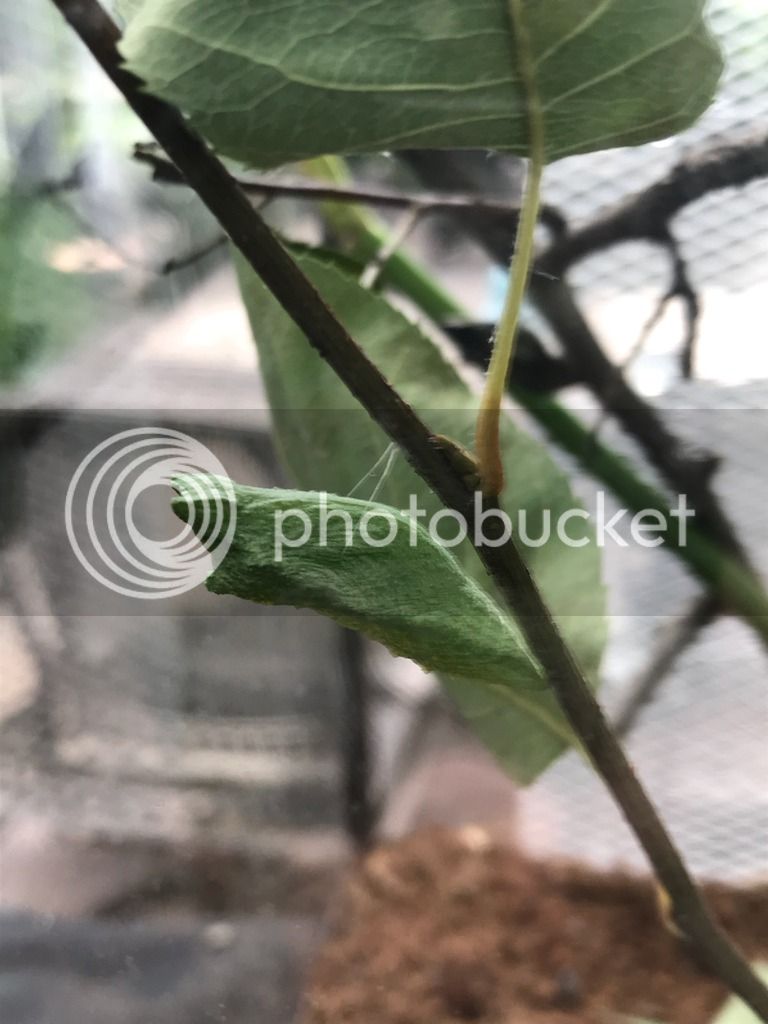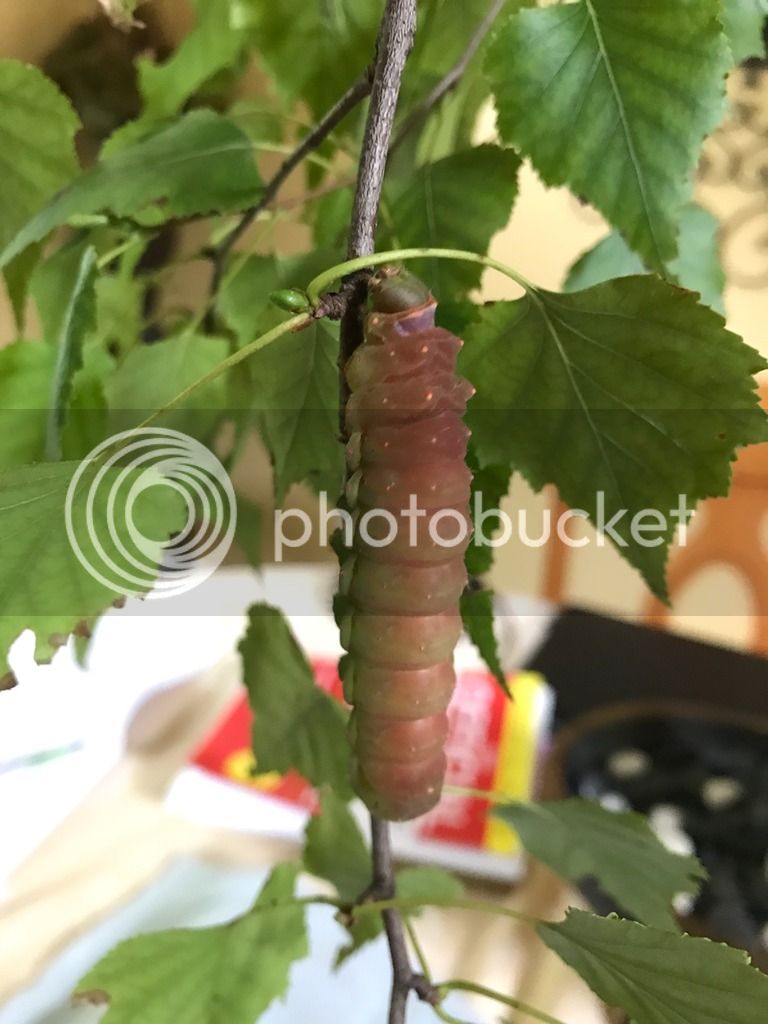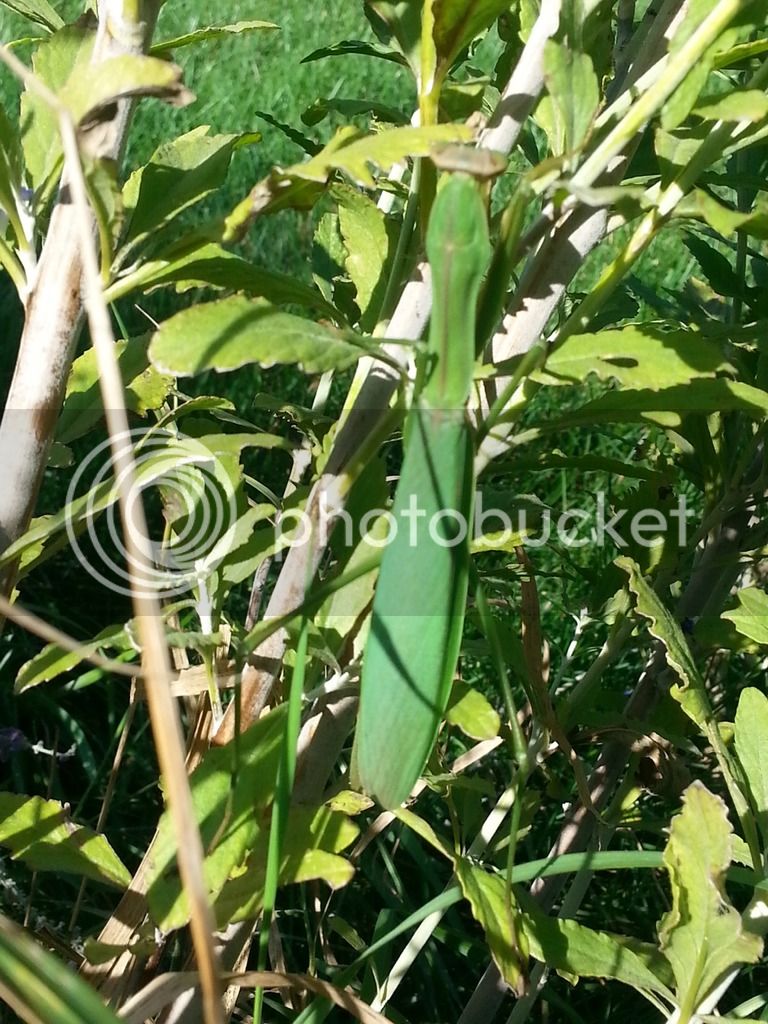Graceface
Well-known member
Well, I've always wondered how they know to change and look more like a plant. I mean, obviously they evolved over many generations to mimic the things they do, but *how did they know to do that* ya know? I get that things evolve, but the step by step decisions behind that evolution boggle meMaybe mantids see what they're around and just hope for the best when it comes to changing their color and try to stay near what they remember from their last molt. But then we would have to prove that mantids have a memory. It gets complicated.
It does seem like a level of self awareness to notice your surroundings and mimic them. I imagine it is more of a observation, trial and error response. (If this, then this) The ones who perch in certain places get more food, so smart mantids would see that and change their behavior accordingly.
My orchids do what I call posing, where they sit in a way that makes them look more like a flower, When I open their enclosures I always mist them and then give them food. When they are hungry, they will pose for me. If i mist them while they are in this position, they frequently pose harder, making themselves more flower-like. I presume they think the flower pose attracts the food better, and they 'pose' in this misty moment thinking it will increase their success because in the past they got food after doing so. They think this was an effective tactic, so they repeat it. Like, "Flies come after mist so I better look like a flower to attract those flies."
Color, color changes, and perch choices may be 'decisions' made along these lines rather than a conscious 'choice' using reason as we would















































